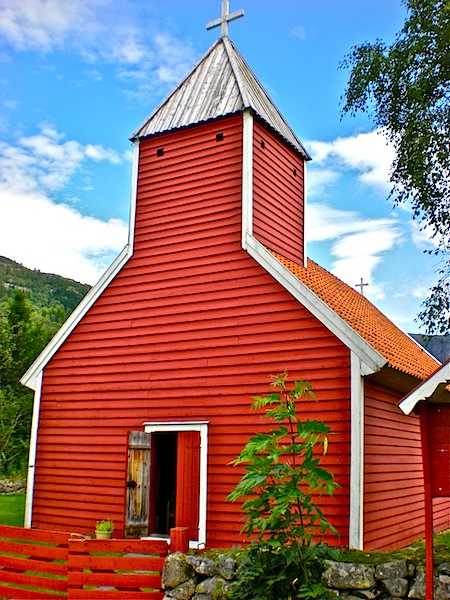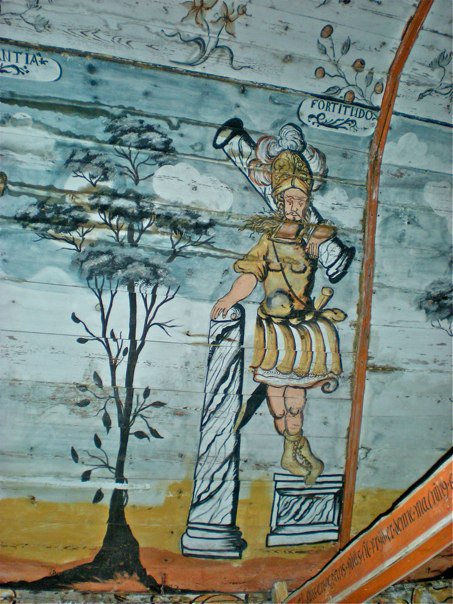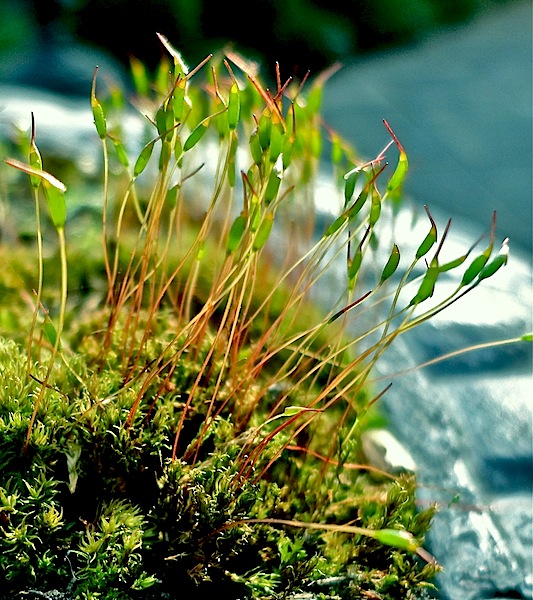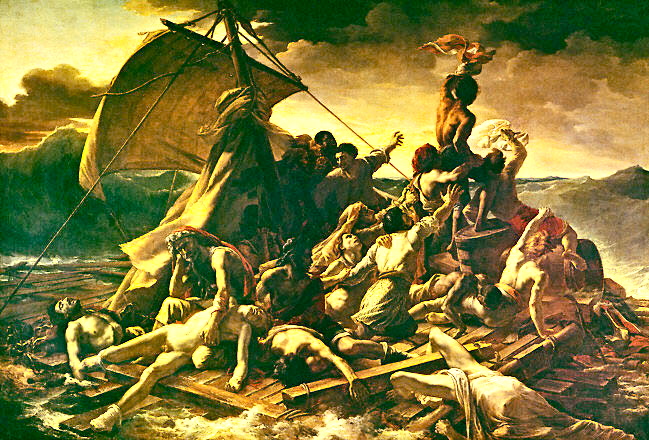We were having a day out, whilst staying with our eldest son and family, when we came across this little church in the small community of Old Årdal, Rogaland, Norway.
It had clearly been built in three stages, the first two stages using very large slates on the roof and the third using tiles.
Nothing prepared us for what we would find on entering the church, but it soon became clear that we were in for something rather special,
and unexpected.
The wooden walls were completely covered in rather wonderful naive paintings.
St. Peter and St Andrew
Old Årdal Kyrkje turned out to be one of the best examples of a Renaissance church on the West coast of Norway. It dates from the 17th century and the wall decoration is thought to be by Hans Sager, a church painter who worked in Rogaland.
St. Michael and at the bottom,
Salvator - Jesus saviour of men
Hope and Fidelity
Charity
Temperance - doesn't look too temperate to me!
Justice
Patience
Fortitude - a rather foppish character - I love the way his feet embrace the pedestal and he nonchantly carries his pillar.
angel on the ceiling
A mythical beast framing the side of the altar
Altar painting thought to be the work of Godtfred Hendtzschel a famous Norwegian church painter. He was the most well known church artist in Rogaland from 1625 -1650.
The sun shines down on the righteous
Pews
This was the only stained glass window in the church. It is very small, but I like the sailor with his tankard of ale.



















































.jpeg)